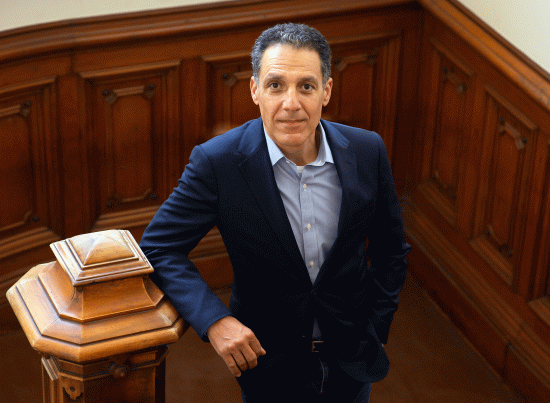From Content Authenticity Initiative
February 2024 | This Month in Generative AI: Election Season
By Hany Farid
In May of 2019, a manipulated video of House Speaker Nancy Pelosi purportedly slurring her words in a public speech racked up over 2.5 million views on Facebook. Although the video was widely reported to be a deepfake, it was what we would today call a “cheap fake.” The original video of Speaker Pelosi was simply slowed down to make her sound inebriated — no AI needed. The cheap fake was, however, a harbinger.
Around 2 billion citizens will vote this year in some 70 elections around the globe. At the same time, generative AI has emerged as a powerful technology that can entertain, defraud, and deceive.
Today, nearly anyone can use generative AI to create hyper-realistic images from only a text prompt, clone a person’s voice from a 30-second recording, or modify a video to make the speaker say things they never did or would say. Perhaps not surprisingly, generative AI is finding its way into everything from local to national and international politics. Some of these applications are used to bolster a candidate, but many are designed to be harmful to a candidate or party, and all applications raise new and complex questions...
Hany Farid is a professor in the Department of Electrical Engineering & Computer Sciences and the School of Information at UC Berkeley. He specializes in digital forensics.










